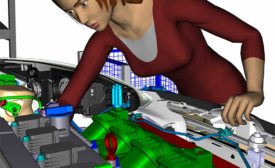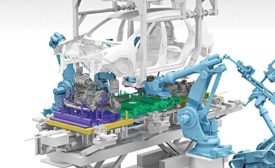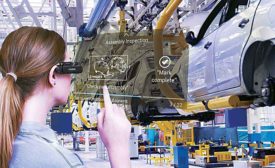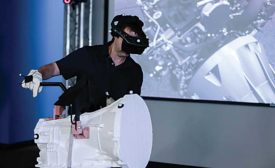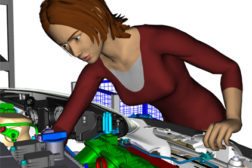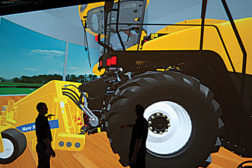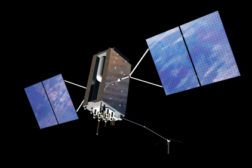Home » Keywords: » virtual reality
Items Tagged with 'virtual reality'
ARTICLES
The Reality of Augmented Reality
Wearable devices empower assemblers to be more productive
May 7, 2019
Never miss the latest news and trends driving the manufacturing industry
Stay in the know on the latest assembly trends.
JOIN TODAY!Copyright ©2024. All Rights Reserved BNP Media.
Design, CMS, Hosting & Web Development :: ePublishing
